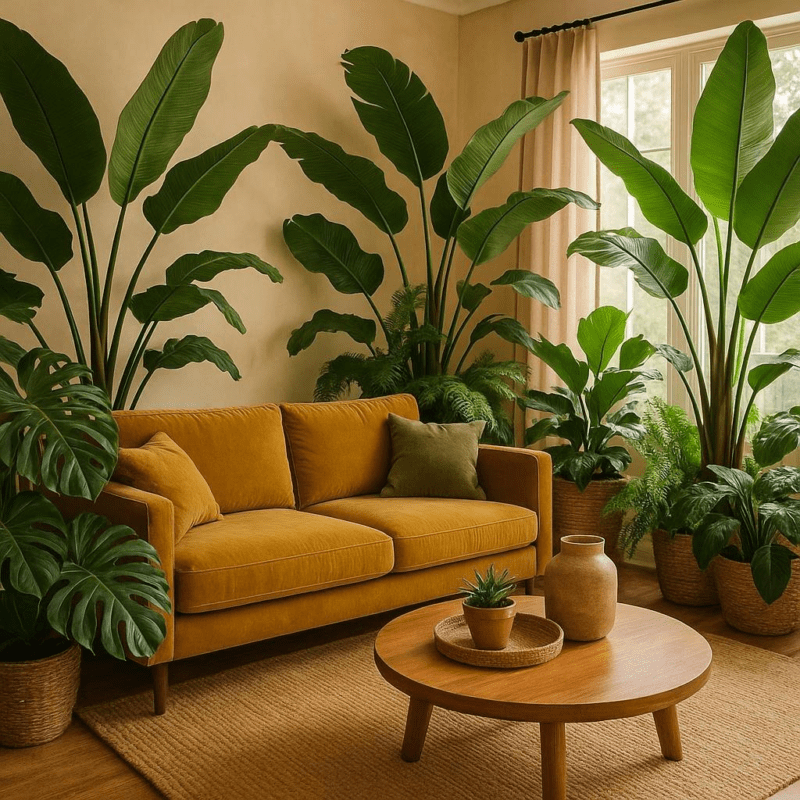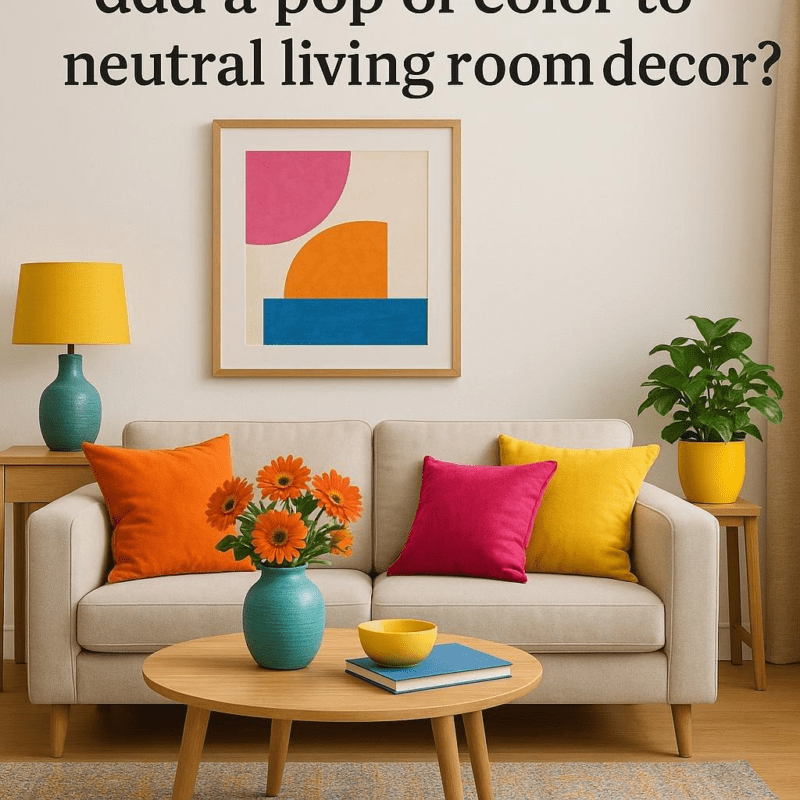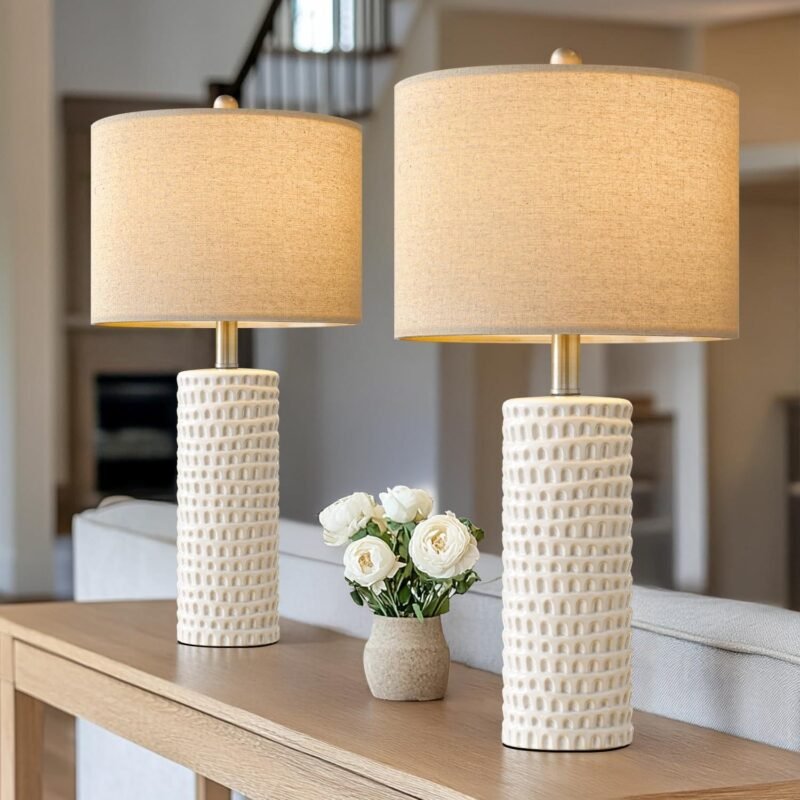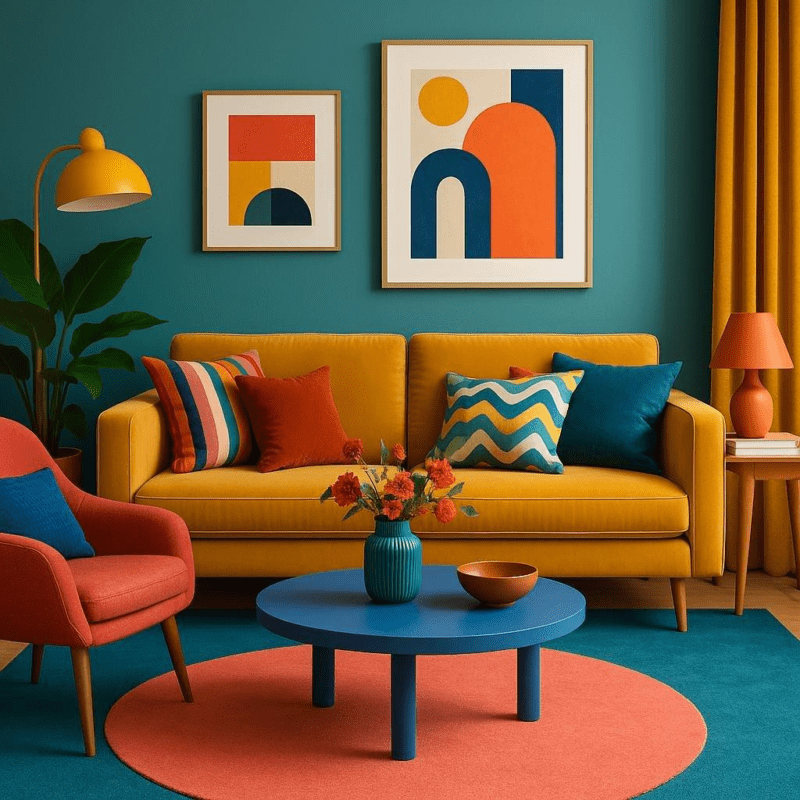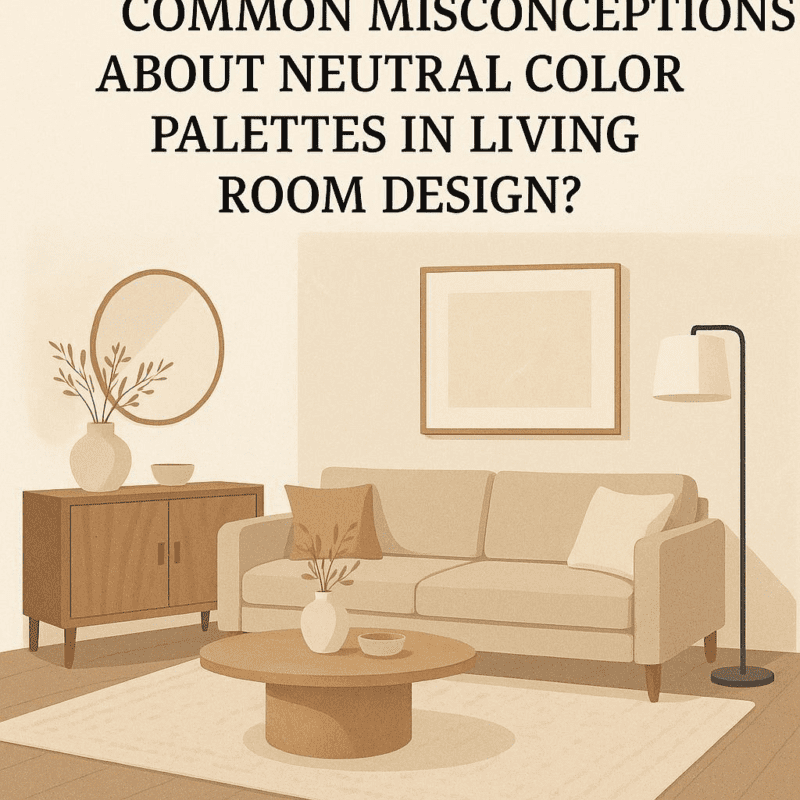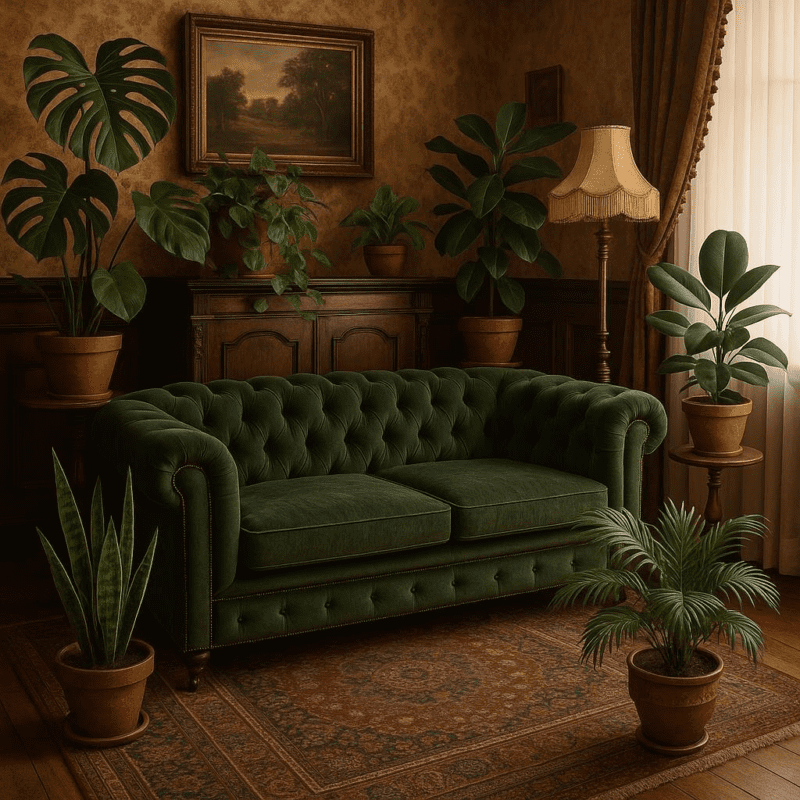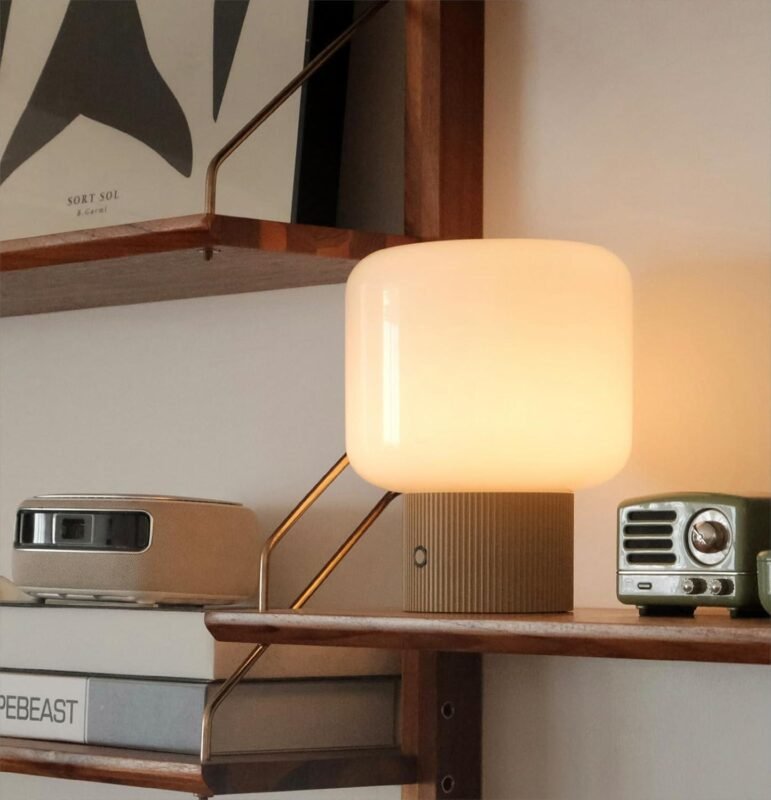Are there rules to follow when decorating a living room wall?

Decorating a living room wall can be one of the most exciting and creative parts of designing your home. After all, walls offer a large canvas to express your style, personality, and mood. But wiht so many options-from artwork and mirrors to colors and textures-itS easy to wonder if there are any guidelines to help you make the best choices. Are there rules to follow when decorating a living room wall, or is it purely a matter of personal preference? In this article, we’ll explore practical tips and pleasant advice to help you create a balanced, inviting, and visually appealing space that reflects you. Whether your starting fresh or refreshing an existing design,understanding some key principles can make the process smoother and more enjoyable.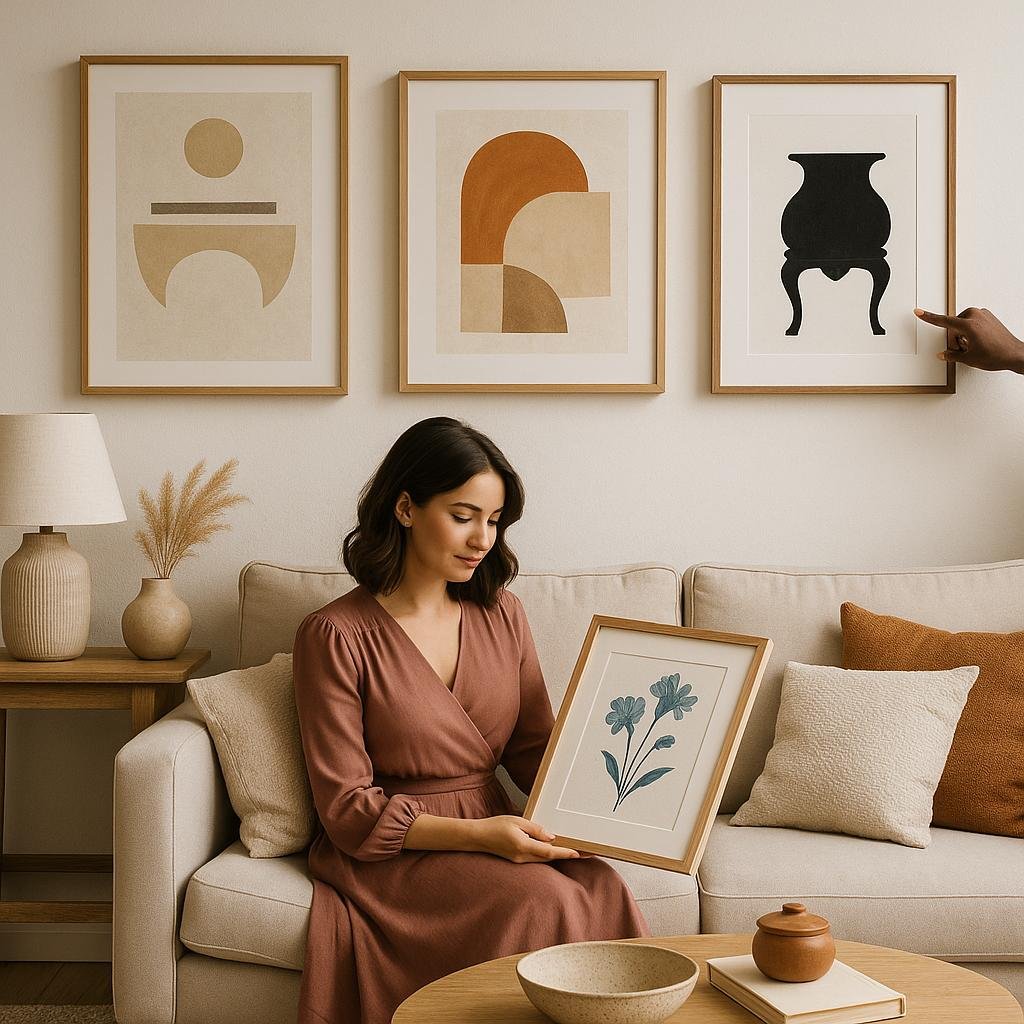
Choosing the Right Wall Art to Match Your Living Room Style
Selecting the perfect wall art for your living room hinges on harmonizing with the existing style and atmosphere of the space. Whether your room is modern, rustic, eclectic, or minimalist, the artwork should complement the colors, textures, and overall vibe. Consider the scale and proportions too-large, bold pieces can create a striking focal point in spacious rooms, while smaller, delicate prints work well in cozier areas. Don’t forget to think about the frame style,as its finish and material can either blend subtly into your décor or add a deliberate accent.
To simplify your choices, here are a few guidelines to keep in mind when pairing wall art with your living room’s personality:
- Color coherence: Match or complement dominant room colors without overwhelming the space.
- Theme alignment: Choose art that enhances the existing theme rather than clashes with it.
- Texture contrast: Add depth by mixing smooth artwork with textured walls or furnishings.
- Balanced positioning: Arrange pieces to maintain visual balance across the wall or seating area.
These pointers work as a flexible foundation for creating a cohesive and inviting environment that truly reflects your personal style.
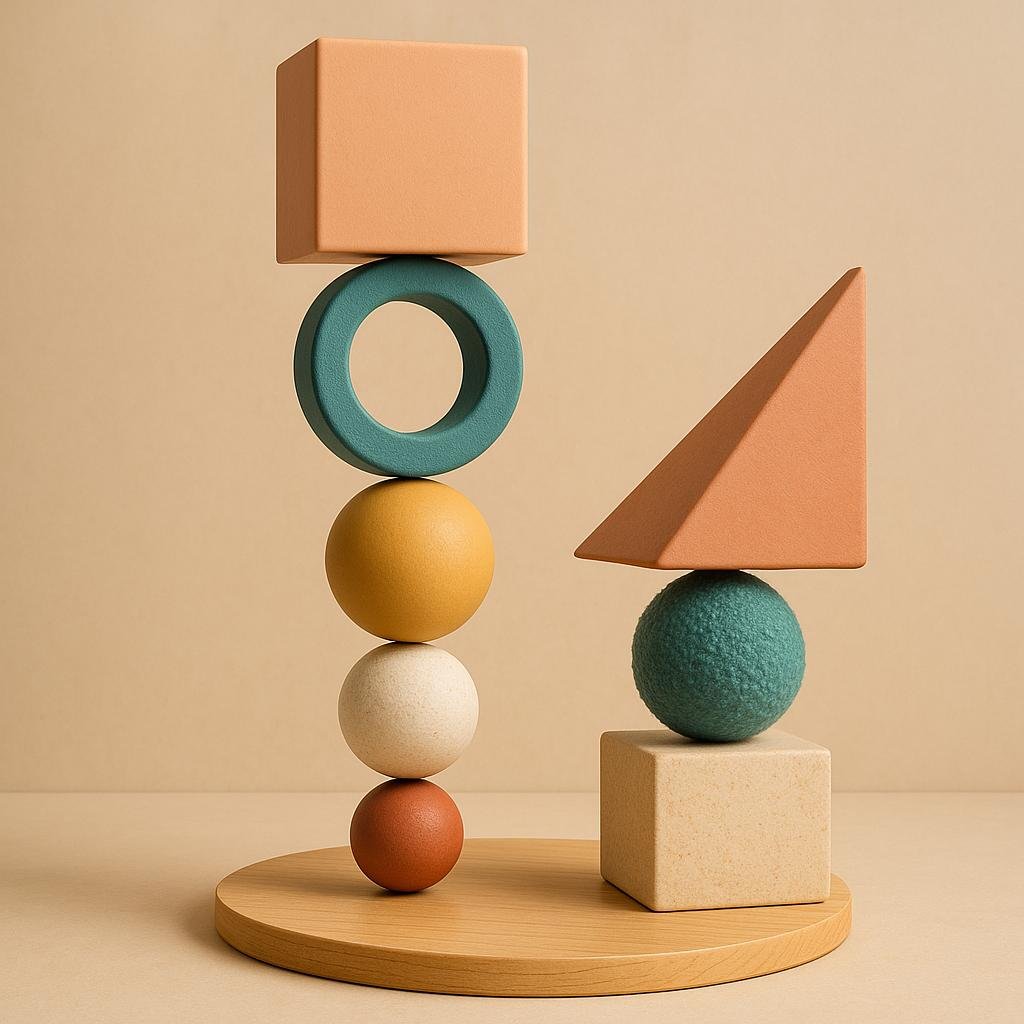
Balancing Colors and Textures for a Harmonious Look
Creating a living room wall that feels balanced and inviting frequently enough comes down to the thoughtful interplay of colors and textures. Start by choosing a dominant color that complements the overall palette of your room, than introduce accents through textured materials like woven fabrics, rustic wood, or even metallic finishes. This layered approach adds depth without overwhelming the space. It’s crucial to maintain a cohesive color story, allowing accents to pop while supporting the main shade, thus achieving a visually appealing flow.
Consider these key points to successfully blend colors and textures:
- Contrast textures: Pair smooth surfaces with rough ones for tactile interest.
- Color harmony: Use complementary or analogous colors to create mood and unity.
- Scale balance: Mix bold, large elements with smaller, subtle ones to avoid crowding.
| Texture | Recommended Color | Effect |
|---|---|---|
| Velvet pillows | Deep jewel tones | Luxury and warmth |
| reclaimed wood frame | Natural browns | rustic charm |
| Metal wall art | Matte black or gold | Modern edge |
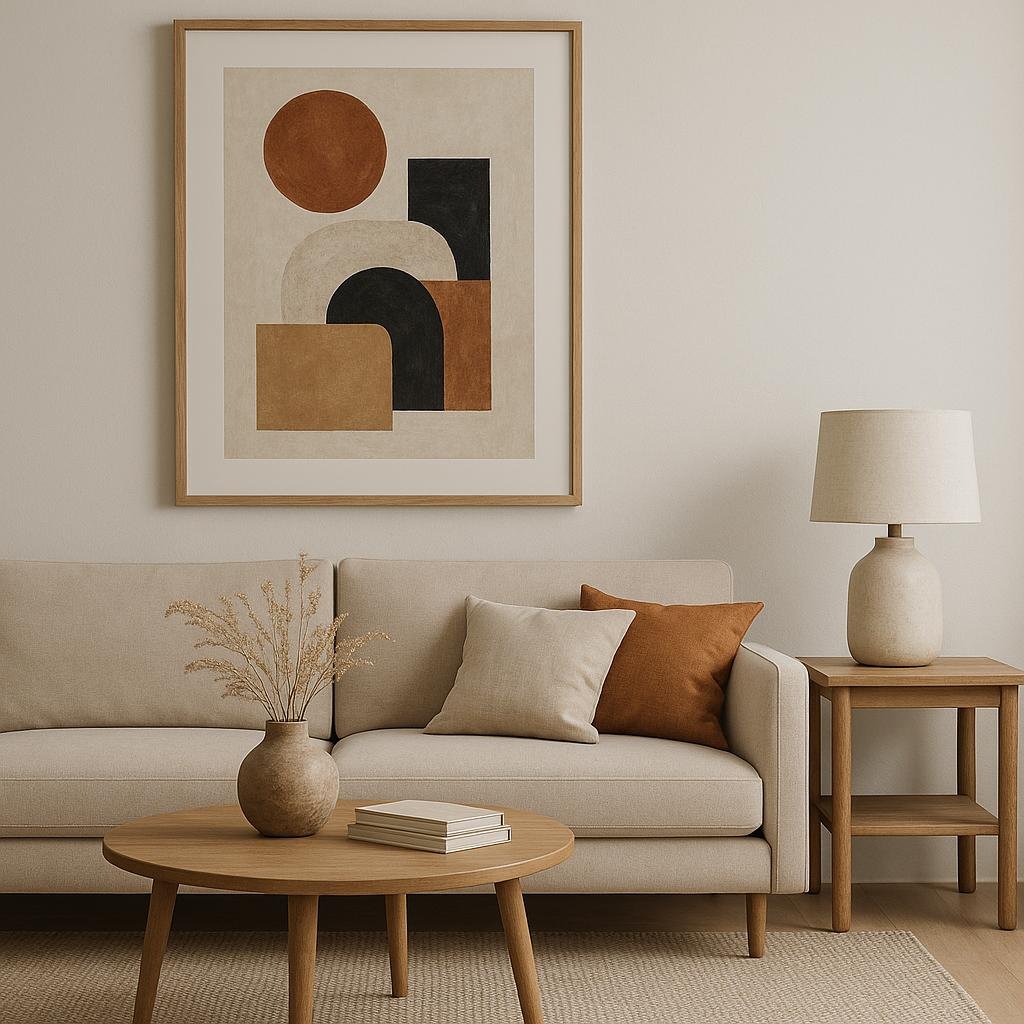
Creating Focal Points Without Overcrowding Your Wall
When designing a living room wall,the key to effective decoration is establishing focal points that draw the eye without making the space feel cluttered. Choose one or two standout pieces-whether it’s a large piece of artwork, a statement mirror, or a bold shelving unit-to anchor the wall. surround these anchors with subtle complementary elements like smaller framed prints, greenery, or strategically placed lighting. this balance ensures your wall tells a cohesive story without overwhelming the room’s atmosphere.
to maintain harmony, consider these tips when working on your focal points:
- Scale and proportion: Ensure your focal piece suits the wall size and room scale, preventing it from overpowering or fading into the background.
- Negative space: Allow breathing room around focal points; empty spaces can emphasize the main elements and make the design appear intentional.
- Color coordination: Use colors that complement your existing décor so focal points integrate smoothly into the room.
- Texture variation: Mix materials like wood, metal, or fabric to create depth and interest.
| Focal Point Element | Ideal Placement | Why it effectively works |
|---|---|---|
| Large Artwork | Centered above the sofa | Acts as a powerful visual anchor |
| Statement Mirror | Opposite window | Reflects light,expanding the space |
| Floating Shelves | Flanking a focal point | Adds function without clutter |
| Accent Wall Paint | Entire feature wall | Highlights the wall without adding objects |
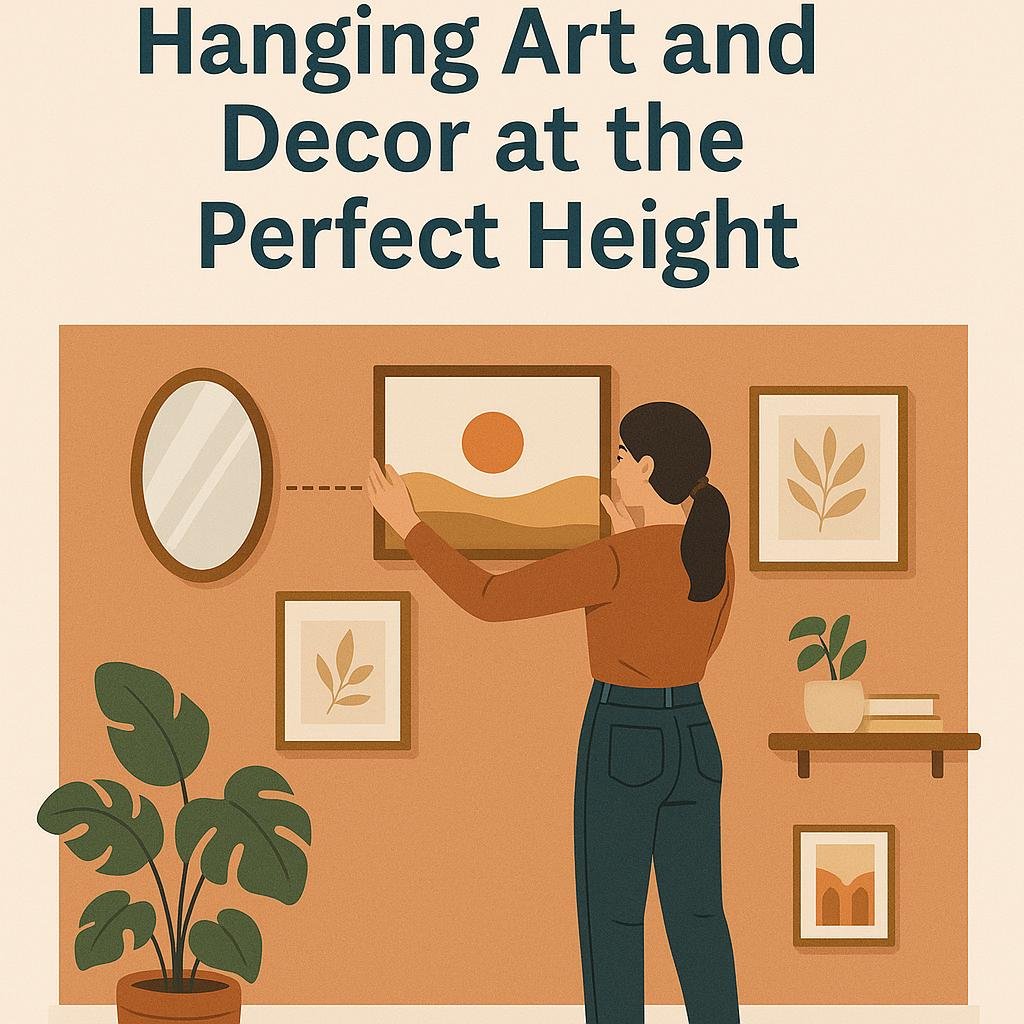
Tips for Hanging Art and Decor at the Perfect height
Finding the ideal spot for your art and decor ensures your living room feels balanced and inviting. The general rule of thumb is to hang art so that its center is at eye level, which usually means about 57 to 60 inches from the floor. This helps create an effortless flow for anyone entering the space. Keep in mind, though, that the size and scale of the piece matter-a larger artwork might need to be positioned slightly lower to avoid overwhelming the room, while smaller pieces grouped together can be hung a bit higher to maintain visual harmony.
For varied wall decor, consider the context of furniture placement beneath the art. For example, a piece above a sofa or console table typically looks best when hung approximately
| Decor type | Distance from Floor | Height Above Furniture |
|---|---|---|
| Single Artwork | 57-60 inches (center) | N/A |
| Above Sofa or Console Table | Varies | 6-12 inches |
| Gallery Wall | 57-60 inches (center overall) | 2-5 inches between pieces |
- Use painter’s tape to outline artwork dimensions on the wall before hanging.
- Consider lighting to enhance the colors and details without glare.
- Test different heights by temporarily mounting pieces with removable hooks or tacks.
In Conclusion
Decorating your living room wall is a wonderful opportunity to showcase your personal style and create a welcoming atmosphere. While there are no hard-and-fast rules, following some basic guidelines can help you achieve a balanced and aesthetically pleasing look. Remember to consider the scale, harmony, and focal points in your space, and don’t be afraid to experiment untill you find what feels right for you. Ultimately, your living room wall should reflect your personality and make you feel at home. Happy decorating!

